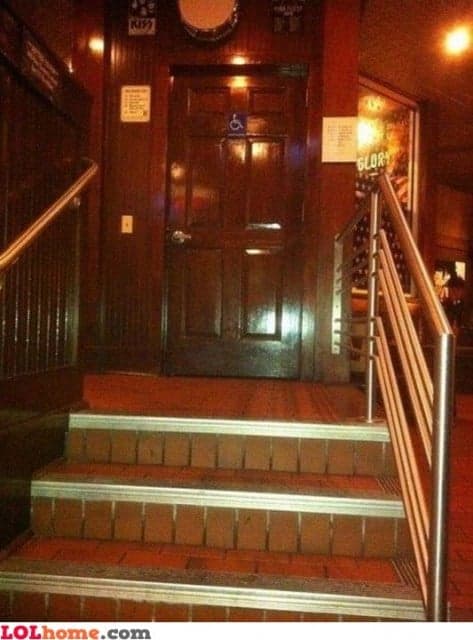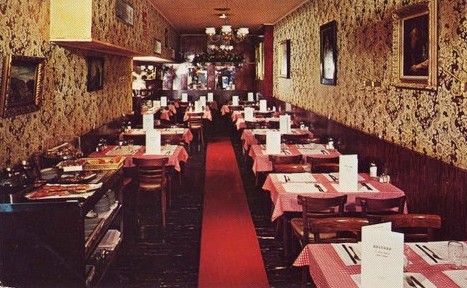Less able people and their carers overwhelmingly feel that too little is being done to make venues accessible for less able visitors, according to results of our BBS Interest Panel survey, conducted late last year. The respondents of the survey agreed that too many venues are failing to adapt their buildings to become more inclusive and even when they do it’s too difficult to find out about accessibility prior to a visit.
One key finding was that it was felt that many venues are doing the bare minimum to accommodate disabled customers, although this may be more a result of ignorance rather than any bad intent. It was noted that some venues certainly do have accessibility at the entrance but then what happens to the visitor when they get inside? Additionally, most respondents believed that venues view access as only for wheelchair users and do not consider other access requirements such as sticks. It seems venues often pay lip service to accessibility and do the least they can yet believe they are fully inclusive.

The survey highlighted the need for more information on access to be presented to potential visitors so that they can make an informed decision on whether or not to go to a venue. Simply stating “wheelchair access” was not deemed to be sufficient for most. As one respondent put it: “saying wheelchair accessible simply doesn’t give the right information”. It was agreed that, instead, there is a need for a national accreditation system with an associated symbol to show that a venue is truly accessible with detailed information to allow visitors to judge for themselves not only how to navigate the entrance but the total venue. More than 80% stated that they would be more likely to visit a venue if a standardised symbol was put into force. The remainder are not sure, mainly as they are not confident in the depth and accuracy of information.
The website of a venue is of almost unanimous importance whilst interestingly more than 60% also expect national organisation websites to carry such information. As a minimum, information should be displayed at the entrance and on a venue website. Half of our respondents check websites or the internet before visiting a venue whether this is a shop, a bar, a restaurant or coffee shop or a hotel. This increases considerably for hotels and restaurants where more than two-thirds of those surveyed are very likely to check a website for information.
Clarity of information is of prime importance. It needs to be very visible, in logical locations and provide sufficient depth of information. “Sometimes though there are accessible loos these are at the back of the venue and quite often tables are packed close together,” a panel member said, “[which] can be a problem and rather mortifying!”
Helen Davies of Pink Flamingo Shopper, the research agency responsible for the survey, found “our respondents are passionate about change. They want to feel inclusive in society but currently feel alienated. Venues are not offering them enough support. More than 80% would visit a venue if they communicated access on their website via a nationally approved symbol. Those who aren’t sure do not believe that it will actually happen. Education is really important and the survey clearly shows that clarity of information would make a real difference”.
Our findings tallied with the 2013 AccessChamp research featuring 276 members of Disabled Motoring UK. This survey’s results actually stated that an even higher percentage (92.1%) of less able visitors seek information online but only 16.8% feel that they can always get enough information about the facilities.
BBS has developed a detailed yet easily navigable solution for many of the issues presented by our panel. Pictorial Access Descriptions assess a stylish venue from the point of view of the less-physically-able customer, giving them a high-quality, pictorial journey through a venue, which highlights the disabled facilities in public areas and rooms, as well as any potential obstacles. Already used at the trendy Hoxton Hotel, the PAD arrives as a social media-ready tool, matching the style of the venue and can be posted to a website, Facebook or Pinterest.
The PADs will enable venues to reveal their facilities and access in style, showing that they can offer guests cool comfort, not just access statement compliance. They say a picture’s worth a thousand words. That’s why we think that the best way to present a venue’s accessibility is through our Pictorial Access Descriptions and it’s also why we won’t ramble on any longer: we want to let the PADs speak for themselves!
This is the first of two surveys conducted by the BBS Interest Panel. We’ll be publishing the results of our mobility equipment survey this Thursday.

